Research Papers
Browse all IRUBIS ATR Crystal related publications by year, or access the full compiled list here.
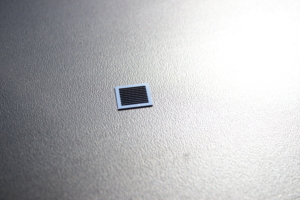
ChemRxiv (2025)
Avoiding Pitfalls in Probing Interfacial Solvation Structures Using Surface-Enhanced Infrared Absorption Spectroscopy
Authors: Boqiang Chen, Milan Wijesinghe, Yu-Shen Hsu, Rongyu Zhang, Charuni Gunathunge, Alexis Grimaud, Matthias Waegele.
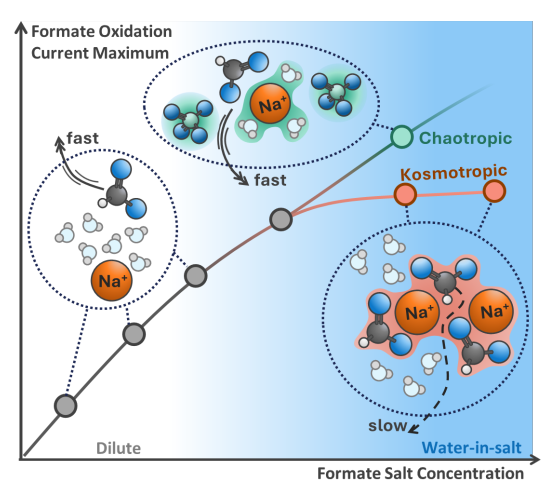
ChemRxiv (2025)
Electrolyte Structure Governs Formate Oxidation in Water-in-Salt Systems
Authors: K. Trapp, S. Kosasang, J. Ingenmey, D. Gomez Vazquez, M. Salanne, M. R. Lukatskaya.
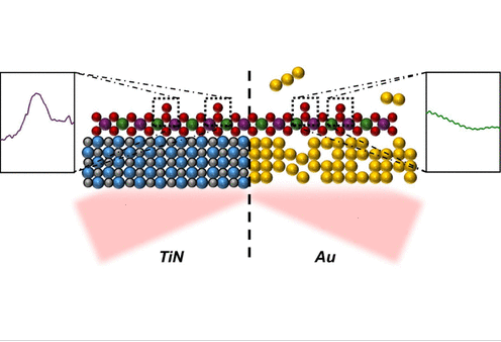
ACS Applied Materials & Interfaces (2025)
Titanium Nitride Films as Durable, Enhancing Windows for Electrochemical Infrared Spectroscopy
Authors: N. Zhumabay, J. A. Bau, L. Braic, H. Zhang, Y. Hau Ng, M. Rueping
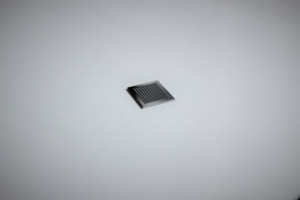
Analytical Chemistry (2025)
A Systematic Analysis of Microstructured Silicon ATR-FTIR Reflection Elements: Operating Parameters, Performance, and Underlying Phenomena
Authors: Tianyang Deng, Charles Larouche, Saqib Ali, Nan Jia, Thomas G. Mayerhöfer, André Bégin-Drolet, Jesse Greener.

Analytical Chemistry (2025)
Potential-Dependent SEIRAS Study of PFAS Surface Adsorption
Authors: Katherine Betts, Yuhan Jiang, Andrew Yanagimachi, Zhange Feng

ACS Electrochemistry (2025)
Electrochemically Mediated Carbon Capture on Surface-Confined Quinone: Unveiling Interfacial Pathways via Surface-Enhanced Spectroscopy
Authors: Jeanne N’Diaye, Abderrahman Atifi

The Journal of Physical Chemistry C (2025)
Effect of Salt on Interfacial Structures of Highly Concentrated Acetonitrile Electrolytes
Authors: Alexis G. Hoane, Andrew A. Gewirth.

Chem Catalysis (2025)
Cooperative effects associated with high electrolyte concentrations in driving the conversion of CO2 to C2H4 on copper
Authors: Shaoyang Lin, Yuval Fishler, Soonho Kwon, Annette E. Böhme, Weixuan Nie, Matthias H. Richter, Moon Young Yang, Jesse E. Matthews, Zachery W.B. Iton, Brian C. Lee, Thomas F. Jaramillo, Harry A. Atwater, William A. Goddard, Wilson A. Smith, Kimberly A. See.

Journal of the American Chemical Society (2025)
CO2 Conversion Enhancement by Hydrophobic Cation Additives Is Nearly Exclusive at the Undercoordinated Sites of Metal Surfaces
Authors: Rani Baidoun, Yidong Hua, Joseph Nicolas, Dohyung Kim.
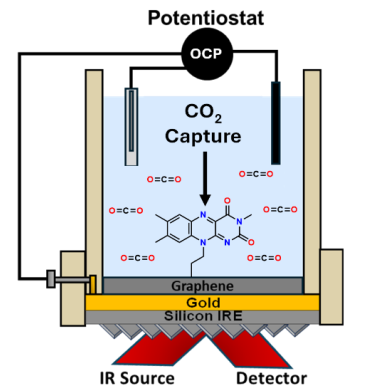
ChemRxiv (2025)
Real-time Monitoring of the Reversible Capture and Release of CO2 on Anthraquinone and Riboflavin-Modified Graphitic Electrodes using ATR-SEIRAS
Authors: A.-R. Siddiqui, J. Roberts, J. N’Diaye, A. Ferris, K. Martin, R. Bhargava, J. Dawlaty, S. Zimmerman, V. Augustyn, J. Rodríguez-López.
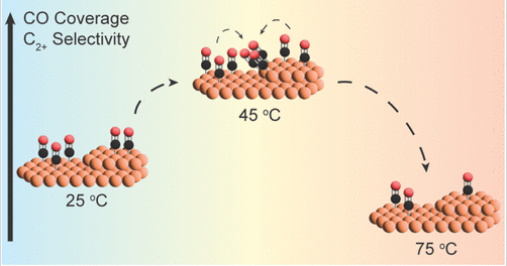
ACS Catalysis (2025)
Temperature Effects on the Surface CO Population during CO2 Electroreduction over Copper
Authors: V.D. Brandão, H. Song. A. Venkataraman, Y. Fishler, S. S. Arora, S. S. Bhargava, C. Villa, A. Holewinski, S. Nair, M. C. Hatzell, C. Sievers.

Analytical Chemistry (2025)
Into the Groove: Analytical Applications of ATR-FTIR Microstructured Internal Reflection Elements
Authors: Ian J. Burgess, Tyler A. Morhart, Grace T. Flaman, Nicole D. Boyle, Tiangyang Deng, Linlin Liu, Jesse Greener
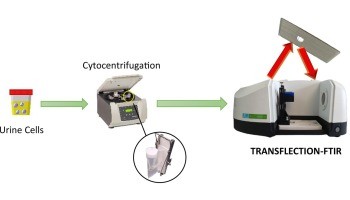
Spectrochimica Acta Part A: Molecular and Biomolecular Spectroscopy (2025)
Quantification and profiling of urine cells by integrated cytocentrifugation and infrared spectroscopy
Authors: V. Navarro-Esteve, B. Felderer, G. Quintás, J. Kuligowski, B. R. Wood, D. Pérez-Guaita.
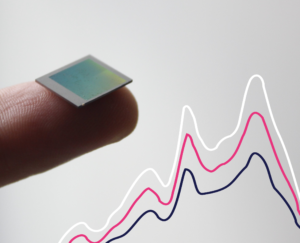
PennState Library (2025)
Localized Analysis of Nitrate Adsorption and Decomposition: Electrochemical Layers and Reaction Efficiency Yields
Authors: Pan, Zixian.
